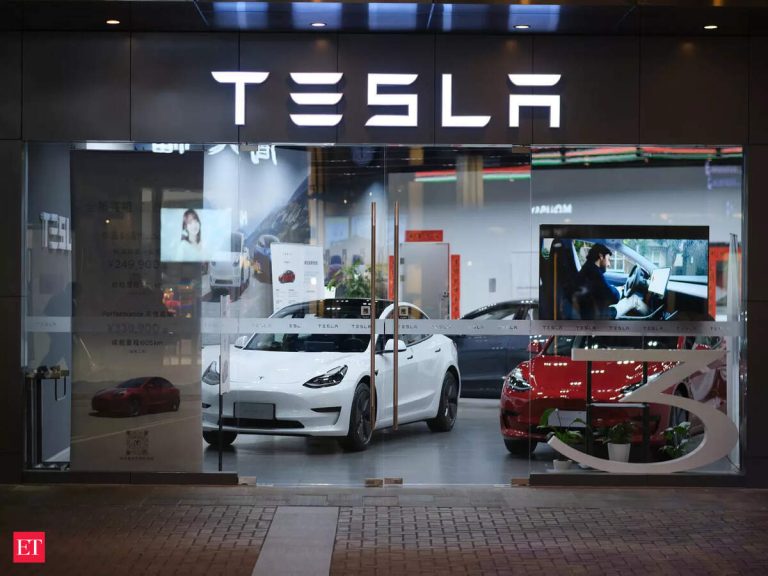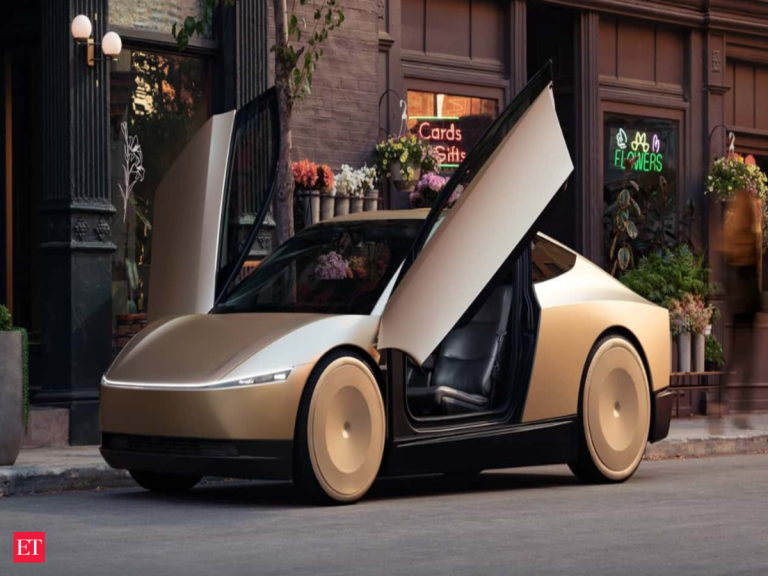Urban Green Spaces: The Future of Outdoor Living in European Cities by 2025
Urban Green Spaces are becoming increasingly important in European cities, and it’s easy to see why. As the world becomes more urbanized, the need for green spaces has never been more pressing. By 2025, European cities will be at the forefront of this movement, incorporating green spaces into their design and infrastructure. In this article, we’ll explore the benefits of urban green spaces and how they will shape the future of outdoor living in European cities.
Benefits of Urban Green Spaces
Urban green spaces offer a wide range of benefits, from improving air quality and reducing noise pollution to providing habitats for wildlife and mitigating the effects of climate change. They also have a significant impact on the mental and physical health of city dwellers, reducing stress and anxiety while promoting physical activity and social interaction. Furthermore, urban green spaces can help to revitalize local economies, increase property values, and enhance the overall aesthetic appeal of a city.
Types of Urban Green Spaces
There are many different types of urban green spaces, each with its own unique characteristics and benefits. Some of the most common types include parks, gardens, green roofs, and urban forests. Parks and gardens provide recreational spaces for city dwellers, while green roofs and urban forests help to mitigate the effects of climate change and improve air quality. Other types of urban green spaces, such as community gardens and green walls, offer opportunities for community engagement and education.
European Cities Leading the Way
Many European cities are already leading the way in terms of urban green spaces. Cities like Copenhagen, Stockholm, and Vienna have incorporated green spaces into their design and infrastructure, creating sustainable and livable environments for their citizens. For example, Copenhagen’s harbor has been transformed into a vibrant green space, complete with parks, gardens, and canals. Similarly, Stockholm’s Hammarby Sjöstad district is a model of sustainable urban planning, with green roofs, parks, and community gardens.
Challenges and Opportunities
While urban green spaces offer many benefits, there are also challenges to be addressed. One of the main challenges is funding, as creating and maintaining green spaces can be costly. Additionally, there may be conflicts between different stakeholders, such as residents, businesses, and local governments, over the use and management of green spaces. However, these challenges also present opportunities for innovation and collaboration. By working together, cities can find creative solutions to funding and management issues, while also engaging with local communities to ensure that green spaces meet their needs and priorities.
Conclusion
In conclusion, urban green spaces are the future of outdoor living in European cities by 2025. They offer a wide range of benefits, from improving air quality and reducing noise pollution to providing habitats for wildlife and mitigating the effects of climate change. By incorporating green spaces into their design and infrastructure, European cities can create sustainable and livable environments for their citizens, while also promoting economic growth and social cohesion. As we look to the future, it’s clear that urban green spaces will play a critical role in shaping the health, happiness, and well-being of city dwellers.






